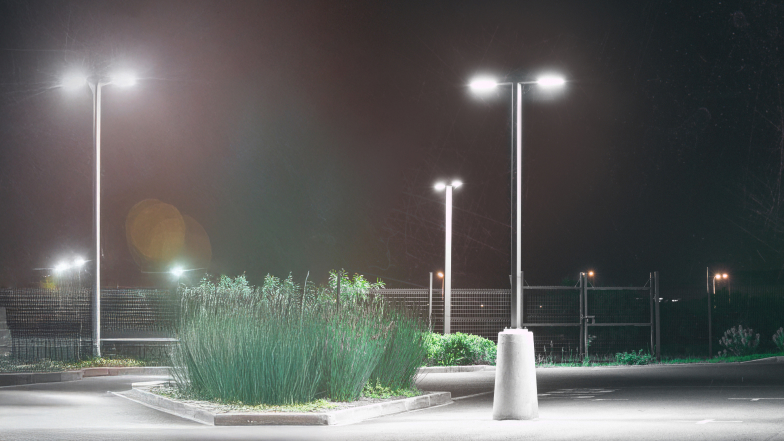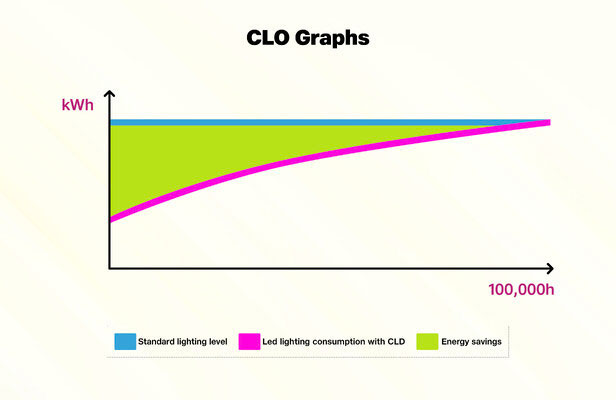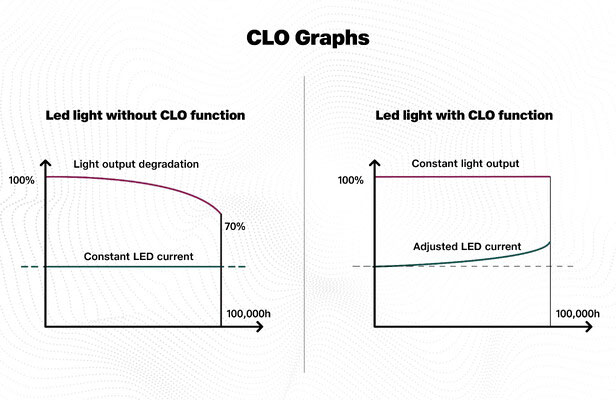The Impact of Smart Lighting on Highways: Efficiency, Safety, and Sustainability
Highway lighting plays a crucial role in ensuring road safety, reducing accidents, and improving driving conditions. Traditional highway lighting systems operate at full intensity throughout their lifespan, leading to unnecessary energy consumption and higher maintenance costs. However, with advancements in smart lighting technologies, highways can now be illuminated more efficiently. Smart lighting systems, equipped with sensors, dimming controls, and adaptive features, significantly enhance efficiency while maintaining optimal lighting conditions.
Energy efficiency and cost savings
According to studies, smart lighting systems can reduce energy consumption on highways by up to 50-70% compared to conventional high-intensity discharge (HID) lamps. This is achieved through various strategies, including:
- Adaptive dimming: Smart lighting systems can adjust brightness based on real-time traffic conditions, weather, and pedestrian movement.
- Motion and presence detection: Sensors enable luminaires to operate at reduced intensity during low-traffic hours and increase brightness when vehicles approach.
- Time-based scheduling: Smart controllers can program lighting patterns to match peak and off-peak hours, optimising power usage.
With these energy savings, municipalities can expect a 30-50% reduction in electricity costs, translating into substantial financial savings over time.
Enhancing road safety
Properly illuminated highways reduce the risk of accidents by improving visibility. Studies show that well-lit roads can reduce nighttime accidents by up to 35%. Smart lighting enhances safety by:
- Maintaining consistent lux levels: Through automated intensity adjustments, smart systems ensure consistent lighting levels in all conditions.
- Reducing glare and light pollution: Smart lighting precisely directs light where needed, minimizing glare and reducing light pollution.
- Integrating with traffic management systems: Smart lighting responds dynamically to congestion or incidents by working in conjunction with traffic systems, optimising overall efficiency.
The role of constant lumen output (CLO) technology
A key challenge with traditional lighting systems is lumen depreciation over time. LED luminaires lose brightness as they age, typically decreasing by 20-30% over a lifespan of 10-15 years. The Constant Lumen Output (CLO) feature in smart luminaires addresses this issue by running lights at a lower dimming level during the initial years and gradually increasing intensity to compensate for lumen degradation. This ensures:
For example, a smart LED highway lighting system with CLO can start at 70% power usage in the first year and gradually increase to 100% over 15 years, ensuring optimal performance while extending service life.
Additional smart pole services
Connected smart lighting poles can host multiple relevant services beyond illumination, enhancing urban infrastructure and safety. These services include:
- Digital Signage: Smart poles can display real-time traffic updates, emergency alerts, and advertisements.
- Surveillance Cameras: Integrated cameras improve security by monitoring highways for accidents, congestion, or suspicious activities.
- EV Charging Stations: Smart poles with built-in EV charging units support the growing adoption of electric vehicles by providing accessible charging points.
- Environmental Sensors: These sensors monitor air quality, temperature, and humidity, helping authorities manage environmental conditions effectively.
- Power Generation Units: Smart poles equipped with solar panels or small wind turbines can generate sustainable energy, reducing dependency on the grid.
Usage scenarios
Daytime: Digital signage can display weather updates and road conditions, while environmental sensors monitor pollution levels. EV charging stations remain operational, and solar panels generate power.
Nighttime: Smart lighting adjusts brightness based on traffic flow, cameras enhance security, and power storage from solar panels can be used to operate the poles efficiently.
Environmental benefits
Smart highway lighting contributes to environmental sustainability by:
- Reducing carbon footprint: A 50% reduction in energy use translates into significant CO₂ savings. Replacing 100,000 conventional highway luminaires with smart LEDs can save 100,000 metric tons of CO₂ emissions annually.
- Minimising light pollution: Smart controls help focus light downward onto roads, reducing skyglow and environmental disturbances.
- Lowering maintenance waste: With longer lifespans and reduced failure rates, smart luminaires generate less electronic waste compared to traditional lighting.
Conclusion
Smart lighting on highways represents the future of road illumination, offering significant benefits in terms of energy efficiency, cost savings, safety, and sustainability. With JioThings offering smart features like adaptive dimming, constant lumen output, and multifunctional smart poles, these systems ensure consistent performance while optimising energy consumption. As cities and transportation authorities move toward smart infrastructure, widespread adoption of smart highway lighting will be a crucial step.
Reach out to us at hello@jiothings.com and learn more about how JioThings Smart Lighting systems can help in building sustainable and safer road networks.


